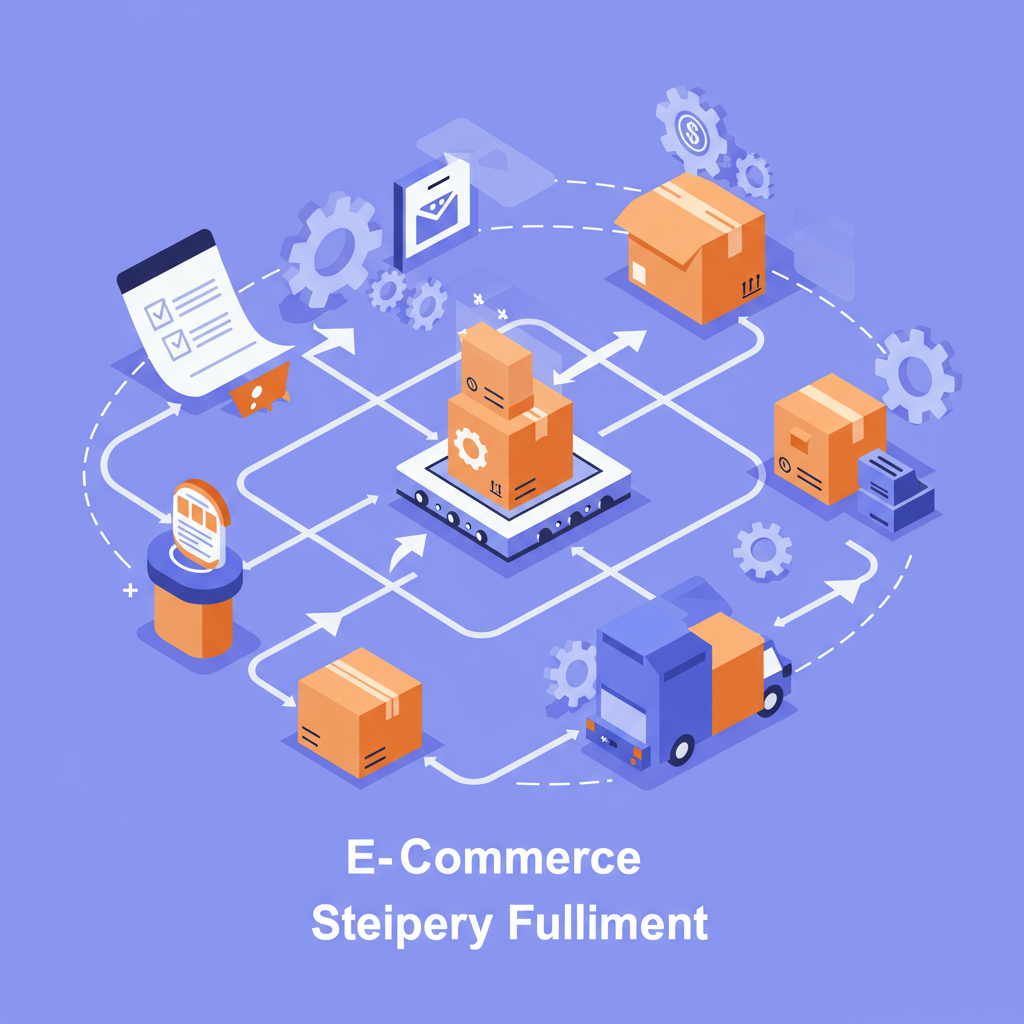Reclaim Your Time and Scale Your Business with Smart Automation Strategies
As a Shopify merchant, I’ve learned that managing orders, inventory, and shipping can quickly become overwhelming.
Especially as your business grows, the manual tasks involved in fulfillment can consume an enormous amount of your time and energy.
That’s why I’m a huge advocate for automating fulfillment. It’s not just a luxury; I see it as a necessity for sustainable growth.
In this article, I want to share my insights and practical advice on how you can effectively automate your fulfillment processes within Shopify.
My goal is to help you reclaim your time, reduce errors, and ultimately, scale your business without getting bogged down in operational minutiae.
So, what exactly do I mean by fulfillment automation? It’s about using technology to handle repetitive tasks involved in getting an order from your customer’s click to their doorstep.
This includes everything from processing orders and managing inventory to generating shipping labels and sending tracking updates.
The benefits, from my perspective, are truly transformative. First and foremost, it’s a massive time-saver.
Imagine not having to manually update spreadsheets or copy-paste customer details for shipping. That’s hours back in your day.
Automation also drastically improves accuracy. Human error is inevitable, but a well-configured system makes fewer mistakes, leading to happier customers and fewer returns.
Scalability is another key advantage. When you automate, your fulfillment process can handle a sudden surge in orders without requiring you to hire more staff immediately.
This means you’re ready for peak seasons or successful marketing campaigns without the associated stress of manual overload.
Customer satisfaction also sees a significant boost. Automated systems ensure faster processing, quicker shipping, and timely communication, all of which delight your buyers.
From my experience, there are several key areas within fulfillment where automation can make the biggest impact.
The first is order processing. I often set up rules to automatically tag orders based on product type, shipping method, or customer segment.
This tagging can then trigger subsequent actions, like routing orders to specific warehouses or notifying a dropshipper.
Inventory management is another critical area. I use automation to sync stock levels across different sales channels, preventing overselling.
I also set up alerts for low stock, ensuring I can reorder popular items before they run out, avoiding frustrating “out of stock” messages for my customers.
Shipping automation is perhaps the most impactful. This involves automatically generating shipping labels, calculating rates, and choosing the best carrier based on predefined rules.
Integrating with shipping software allows me to automatically send tracking numbers to customers as soon as an order ships, which is a huge time-saver.
Customer communication is often overlooked but vital. I automate order confirmations, shipping updates, and even post-delivery follow-ups.
This keeps customers informed and reduces the number of “where’s my order?” inquiries, freeing up my customer service team.
So, how do we actually implement this? Shopify offers powerful native tools, and there’s a vast ecosystem of third-party apps.
Shopify Flow is my go-to for many internal automations. It’s a robust platform that allows you to create custom workflows based on triggers and actions.
For example, I can set up a Flow that, when an order is paid, checks the order value, and if it’s over a certain amount, automatically adds a “VIP” tag and sends a personalized email.
For more complex integrations, I often turn to third-party apps. Tools like Zapier can connect Shopify with virtually any other software you use, from accounting to marketing.
Shipping solutions like ShipStation or Shippo integrate directly with Shopify to streamline label creation, rate comparison, and tracking.
For those looking for ultimate hands-off fulfillment, partnering with a Third-Party Logistics (3PL) provider is the way to go.
A 3PL handles everything from warehousing and inventory management to picking, packing, and shipping. It’s a significant step, but it offers unparalleled automation.
When I’m setting up new automations, I always start by auditing my current manual processes. Where are the bottlenecks? What tasks are most repetitive?
Once I’ve identified those pain points, I research the best tools that align with my budget and specific needs.
It’s crucial to start small. Don’t try to automate everything at once. Pick one or two high-impact areas, implement the automation, and then refine it.
Thorough testing is non-negotiable. Before going live, I always run test orders to ensure all workflows are firing correctly and that there are no unexpected glitches.
And remember, automation isn’t a “set it and forget it” solution. I regularly monitor my automated processes and make adjustments as my business evolves.
What do you think about the potential of fulfillment automation for your Shopify store? I’d love to hear your thoughts or any challenges you’ve faced.
In conclusion, embracing fulfillment automation has been one of the best decisions I’ve made for my Shopify business.
It has allowed me to focus on strategy, product development, and marketing, rather than getting bogged down in daily operational tasks.
I truly believe that by leveraging these tools and strategies, you too can transform your Shopify fulfillment, making it more efficient, accurate, and scalable.
It’s an investment that pays dividends in time, peace of mind, and ultimately, business growth.






